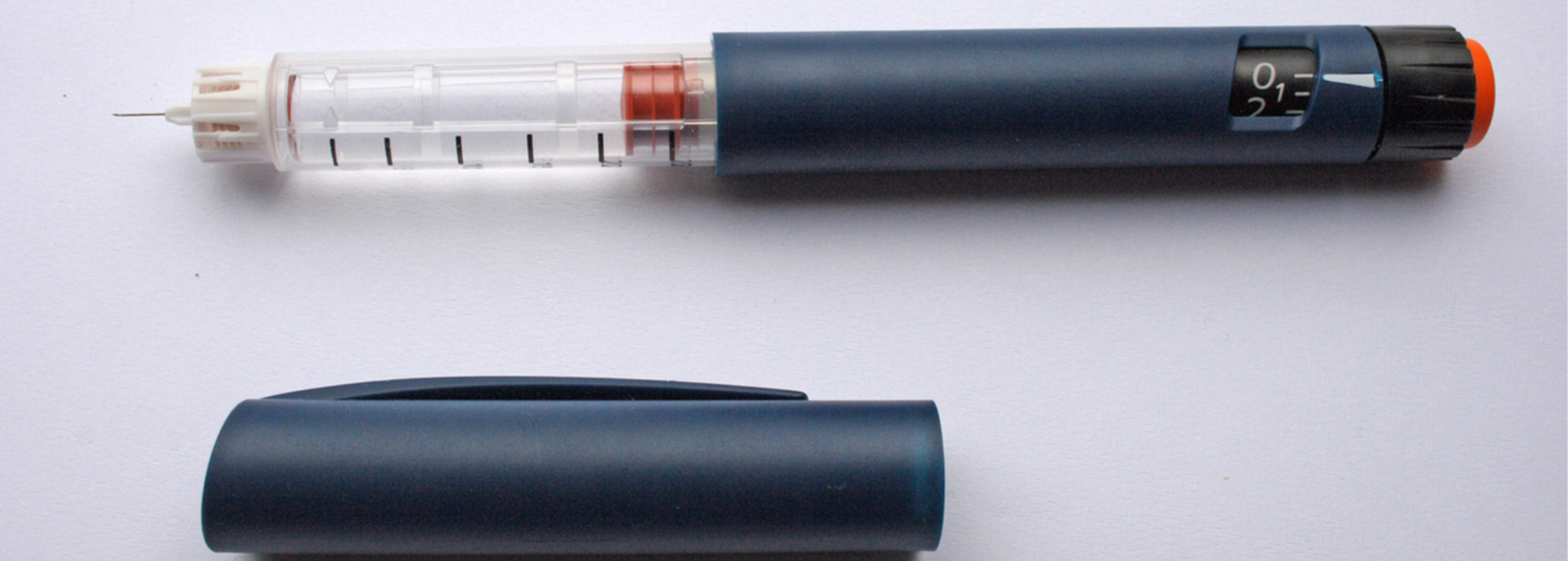How Insulin Works
Did you just start insulin for the first time? Your doctor probably gave you a brief explanation of what insulin is and how it works. So, you may have some idea of what insulin is, but if not, this is a great place to learn about it and how insulin works in the body to control your glucose.
What is insulin?
Insulin is a hormone made in the beta cells found in the pancreas in response to elevated levels of nutrients in the blood. It regulates blood glucose levels and impacts the function of fat in the body. It also influences the role of amino acids. Insulin comes in various forms such as fast-acting, rapid-acting, long-acting, intermediate-acting and more. It’s available as vials or pens and the amount of insulin one needs to take depends on their blood glucose levels, goals and progression of type 2 diabetes.
Insulin’s Primary Function
The main function of insulin is to maintain blood glucose levels between 4.4 mmol/L80 mg/dL and 5.5 mmol/L100 mg/dL. Think of insulin as a key to the door of a cell. When you eat food, insulin is released to carry glucose into various cells throughout the body such as muscle and fat cells. The cells then use that glucose as energy to fuel the body.
In type 2 diabetes, the insulin key stops working and is unable to carry glucose into the cells. In other words, insulin’s effectiveness is impaired and the cells aren’t able to use glucose. Instead, the glucose sits and builds up in the blood, leading to high blood glucose levels. This is known as insulin resistance.
This is a simple way to understand insulin’s role in the development of type 2 diabetes.
But insulin does much more than that. Insulin has profound effects on lipid (fat) function in the body. It helps with the synthesis of fatty acids in the liver. It also prevents the breakdown of fat in tissue. Have you noticed you’ve gained weight or that it’s harder to lose weight when you start insulin therapy? It’s because insulin has a fat-sparing effect and indirectly promotes the accumulation of fat.
Let’s Nerd Out: More About Insulin
Let’s take a deeper dive into how insulin works. Insulin needs to bind to a receptor (the cell door plate), which is located in the cell membrane. The receptor is composed of two parts called subunits on the outside of the membrane. It’s in the area where insulin binds to the receptor and the subunits. This activates the receptor and sends signals through two pathways that regulate insulin’s glucose-lowering actions.
The first pathway activates proteins that regulate the function of insulin-sensitive tissues, such as the muscles. The second pathway helps insulin perform its main activity of transporting glucose to the cells.
When the insulin is joined with the receptor, the parts (subunits) mentioned above are activated, initiating a cascade of signals through two pathways that regulate most of the associated insulin actions. One of these pathways acts on the regulation of our body’s energy metabolism by activating some proteins that participate in the regulation of the functioning of insulin-sensitive tissues but not in the regulation of glucose transportation. The second pathway performs its main activity in the metabolism of glucose and fat by sending signals that are involved in the transportation of glucose to the cells.
The duration and extent of these signals produced by the action of the insulin are highly controlled by self-regulating mechanisms. It promotes the proper function of metabolism, energy balance and helps maintain body weight. That way, if the body receives a large amount of glucose through food, a greater number of receptors in the cells will be activated for use or storage as necessary. This is important because it ensures the cells are receiving glucose properly. When this function is impaired, the body can’t use glucose effectively. And we know that this leads to high blood sugar and eventually diabetes.
Other Insulin Functions
Amino Acids
Do you lift weights or do resistance training? Then it’s helpful to know insulin helps build muscles by carrying amino acids the areas where you need muscle recovery.
Before we start you should know that in addition to helping glucose enter the cells of our body, insulin also helps build muscles by carrying amino acids, the material needed to form them, to the areas where it is necessary to recover the size and muscle strength.
Sodium and Potassium
Have you heard of the Sodium-Potassium pump? It’s a regulatory system powered by ATP (energy) that moves sodium and potassium in opposite directions. The primary function of this pump is to maintain acid-base balance to protect your kidneys. This process also helps regulate heart contractions and protect your nerve cells. So how is insulin involved in this process? Well, insulin enhances pump activity in the muscles, liver and kidneys.
Do I Need Insulin?
Type 2 diabetes is a progressive disease, so going on insulin isn’t uncommon after oral medications are no longer sufficient. Whether you need insulin or not depends on the progression of your diabetes. To get a definite answer, you’ll need to talk to your doctor. However, needing insulin isn’t a failure by someone with type 2. Insulin is a life-saving drug and sometimes no matter how well you manage diabetes over time, insulin may be needed to keep your blood glucose levels within a healthy range.





